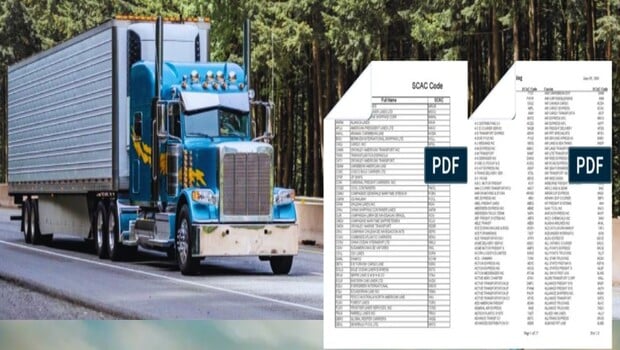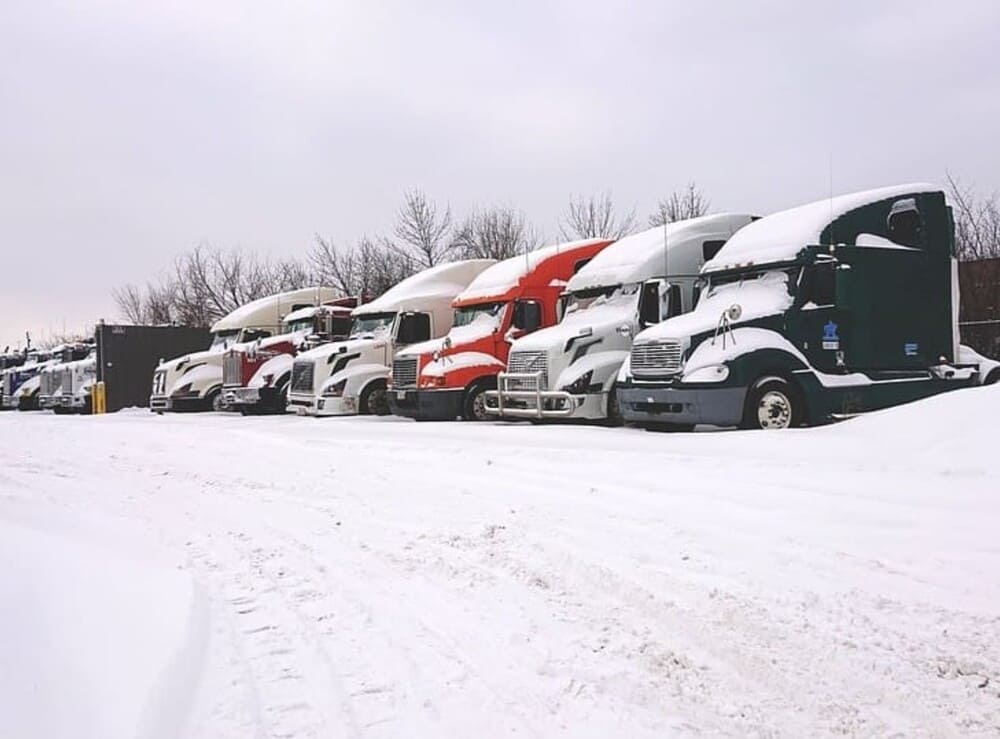
October 10, 2023

2082 Views

5 min read

October 11, 2023

1986 Views

5 min read
Cold weather can be a problem for businesses with diesel truck fleets. As temperatures fall and snow covers the roads, you may face trucks that won’t start. Whether you manage a fleet of diesel trucks or are an owner-operator, knowing how to start a diesel truck in cold conditions is vital. You also must take proactive steps to prepare your diesel truck for winter driving. Doing so will help avoid disruptions and keep business operations running smoothly all winter.
Diesel engines are generally harder to start in cold weather than gasoline engines. This is because they need high compression-generated temperatures to ignite the diesel fuel. Below -15°C, starting a diesel engine is five times harder than at 25°C. Besides, diesel fuel is harder to ignite in the cold because it can gel, starting at about -9°C. This can lead to various problems, including forming wax crystals and clogging the fuel filter.

The key to starting a diesel truck in cold weather and providing the necessary cold cranking amps to start your diesel engine is heating the engine for the fuel to ignite. You can do several things to warm your diesel engine and avoid frustration efficiently. The next sections will discuss the three main engine heating methods to start your diesel truck in cold weather.
To help diesel engines start in cold weather, these three engine heating methods can make a difference:
Glow plugs generate heat to help power the diesel engine, drawing energy from the truck’s battery. They are used to start diesel engines by increasing the air temperature in the combustion chamber. The air in the chamber must be compressed to a small fraction of its original volume to reach a temperature of 400 degrees, which is necessary for igniting the engine.
The time glow plugs take to warm up varies from a few seconds to a minute, depending on the external air temperature. When the glow plugs reach the right temperature, the glow plug warning light will turn off, signaling you can try to start the engine. If the engine doesn’t start within 30 seconds, turn the key until the light comes back on, allowing the glow plugs to warm up again for another minute. Avoid flooding your engine in this process.

If the glow plug methods fail, a block heater can help start a diesel in cold weather by warming the engine block, which houses all internal engine components. To use a block heater, you need an outlet plug. Connect the block heater to the plug extending out of the vehicle. Use an extension cord to connect the cable to an outlet.
Keep your truck plugged in for at least two hours before starting the diesel to allow the block heater to warm the coolant inside the engine block. Once adequate time has passed, attempt to start the diesel engine. This process still involves waiting for the glow plugs to warm. Proceed to turn the key and start the engine.

Another method involves using the intake heater located in the intake manifold. This heater warms the air entering the engine cylinders. To use this method, first turn the key in the ignition to start warming the glow plugs. Once they are warm, start the engine. The intake heater will then use battery power to warm the air in the pipe, ensuring the air entering the combustion chamber is already warm. This allows the chamber to heat up faster, helping the diesel start faster in cold weather.
Preparation is essential to ensure your diesel vehicle is ready for the winter. Below are tips to avoid trouble starting your diesel engine in cold weather:
Cold weather causes many problems for diesel engines, from gelling fuels to drained batteries. However, you can overcome winter operational issues with diligent preparation and maintenance. Performing preventative maintenance can help your diesel truck start a lot better during winter driving!
Test